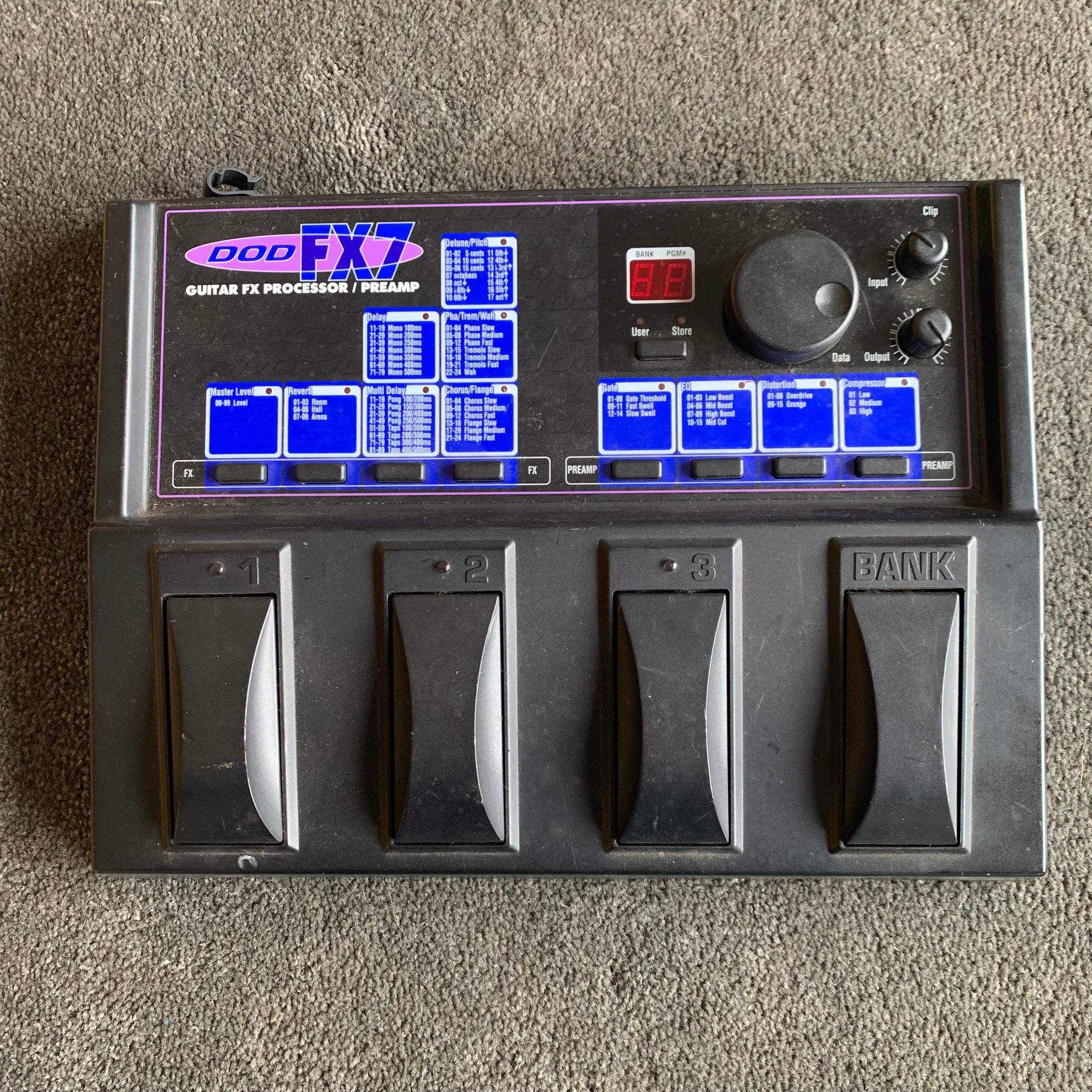

PHEW SOUND AFFECT AUDIO FILE CRACKED
That is where the measurements will get wiggy if they are crunched.Īs far as fixing domes I’ve fixed hard domes that have cracked and soft domes (or rings) that were torn. Its not so much for the waves going OUT but more so for what’s coming back. Just like covering the WHOLE surface with a dome. I always thought domes in the center of a cone were for the the sound waves coming back on the cone.
PHEW SOUND AFFECT AUDIO FILE DRIVER
The cone bore vs phase plug gap is very important (air leaks cause noise) Phase plug length and the tip configuration is # 1 in mechanical distortion control for any inverted cone driver Very interesting phase plug tech, I use it. When the cone is modified a phase plug either fixed to the cone or stationary can be used. It is mainly for protection and air leaks. If the dent was on a driver a foot wide and putting out 10kHz then it would be directional and we would hear it. Since this is around the size of the dome and the dent then from a wave and hearing point of view it is all coming from the same location. The physics of it are that these wavelengths are very short, from around a half an inch to an inch or so.

Sound radiates out in a spherical sort of way. This is why some notice they sound harsh or bright, it is because of this ringing.Īnyway, back to the soft domes. But they still have the same wave phenomenon, only now at a much higher frequency. These materials do have a more extended clean and clear sound. When they use Be, diamond, carbon fiber and whatnot, btw, all these are just attempts to make the thing behave more like a piston. Well now this wave travels just fine no matter what the shape of the dome. Think of a ripple or wave, like when you make a bed and fling the sheet, the wave travels along the sheet. What happens instead is the piston (the voice coil) moves and this starts a compression wave that travels from the edge of the dome where the piston attaches towards the center of the soft dome. How in the world is this ever gonna move like a piston? In reality, have you ever touched one? They are super soft. That is the ideal or the way we think of it. Most think this dome moves back and forth like a piston. The voice coil is connected to a cone or in this case soft dome. Probably speaker designers can measure it, but you never will hear it. You can’t hear a dented dust cover on a midrange driver or woofer either. Can somebody explain? Not only tweeters, all dynamic drivers. Why does a dent to a tweeter not affect sound quality? You see this statement all the time, when someone is selling an affected piece of used equipment.


 0 kommentar(er)
0 kommentar(er)
